You’ve no doubt heard about the benefits of beef liver. Maybe you’ve even purchased beef liver supplements before. But now, with fresh (or frozen) liver in hand, you’re ready to make your own. Follow this step-by-step tutorial for making freeze-dried or dehydrated beef liver supplements.

Why I Love Beef Liver Supplements
I’ve been taking beef liver supplements for years, but I haven’t been making them myself that whole time. Mainly because we only raise one steer per year for our family, and I’ve never utilized my preservation tools to preserve and encapsulate my own supplements… until now!
With either my freeze-dryer or my dehydrator (plus my Capsule-It machine), I can now make this nutrient-dense food myself and save a lot of money in the process.
It’s important to note that I am not a certified medical practitioner. This post is not intended to diagnose or treat but is for informational purposes only. Please contact your healthcare professional before introducing new herbal and natural remedies into your wellness routine.
Nutritional Benefits of Liver
I’ve discussed the nutritional benefits of liver and tips for eating nose to tail in other blog posts. To summarize, I prefer taking supplements like beef liver over multivitamins because they’re more easily assimilated by our body.
A study by Johns Hopkins University “concluded that multivitamins don’t reduce the risk for heart disease, cancer, cognitive decline (such as memory loss and slowed-down thinking) or an early death.” (Source)
Their final verdict was to eat nutrient-dense foods. Or as Hippocrates says, “Let food be thy medicine and medicine be thy food.”
According to the Cleveland Clinic and registered dietitian Beth Czerwony, RD, LD, “As an organ meat, the low-calorie, high-nutrient content of liver qualifies it as a superfood.” (Source) Making it a perfect fit for heeding Hippocrates’ advice.
That same article goes on to list the four main benefits of beef liver:
- A good source of iron with 4 milligrams in one 3-ounce serving. This is half the recommended daily amount for men and 1/5 the recommended daily amount for women.
- Protein dense for building muscle and repairing tissue. A 3-ounce serving contains 17 grams of protein.
- Vitamin A for better vision. One serving of liver (3 ounces) has more than 4,200 micrograms of retinol activity equivalents (mcg RAE) of vitamin A. Vitamin A not only promotes good vision, but it also boosts your immune system and may even lower your risk of cancer.
- Contains B vitamins for energy and healthy development. It also has folate (vitamin B9) to help lower blood pressure, thiamine (vitamin B1), riboflavin (vitamin B2) and niacin (vitamin B3) for energy and cell function, and vitamin B12 for brain health, energy and healthy nerves and blood.
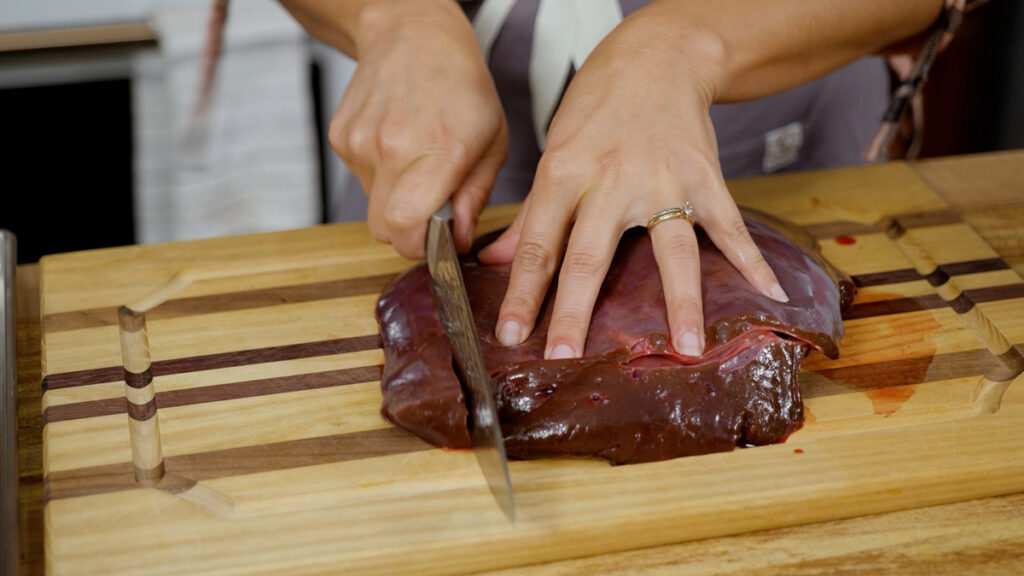
Liver Myths
Let’s bust some myths about liver! People often get a little queasy about beef liver because it’s the cow’s detox organ. But that doesn’t mean it’s filled with toxins.
The liver filters toxins. It doesn’t hold onto them. In turn, the liver is packed with iron, essential vitamins, and incredible sources of natural energy.
So, is liver good for you? Yes!
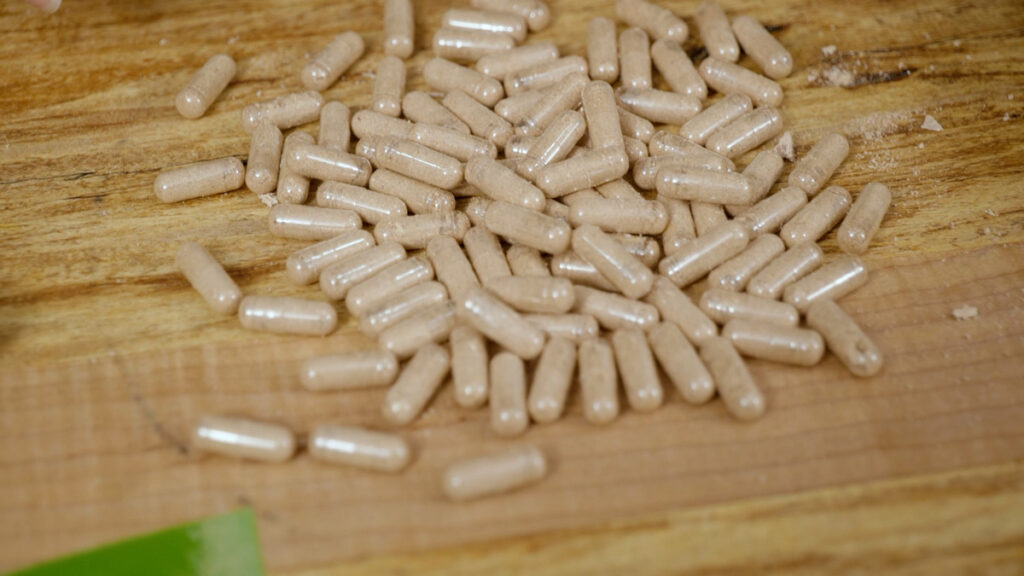
How to Make Beef Liver Supplements
Now comes to bigger issue of consuming liver. Not all of us love the taste. I’ve found you’re in one of two camps. Either you love it, or you hate it… there’s no in-between!
My dad loved it, so growing up, my mom would make him liver and onions. The rest of the family ate homemade enchiladas on those days! 😉
But there’s a solution, friends. With just a few supplies and only ONE ingredient, you can make homemade beef liver supplements to get the benefits of liver without the gross taste.
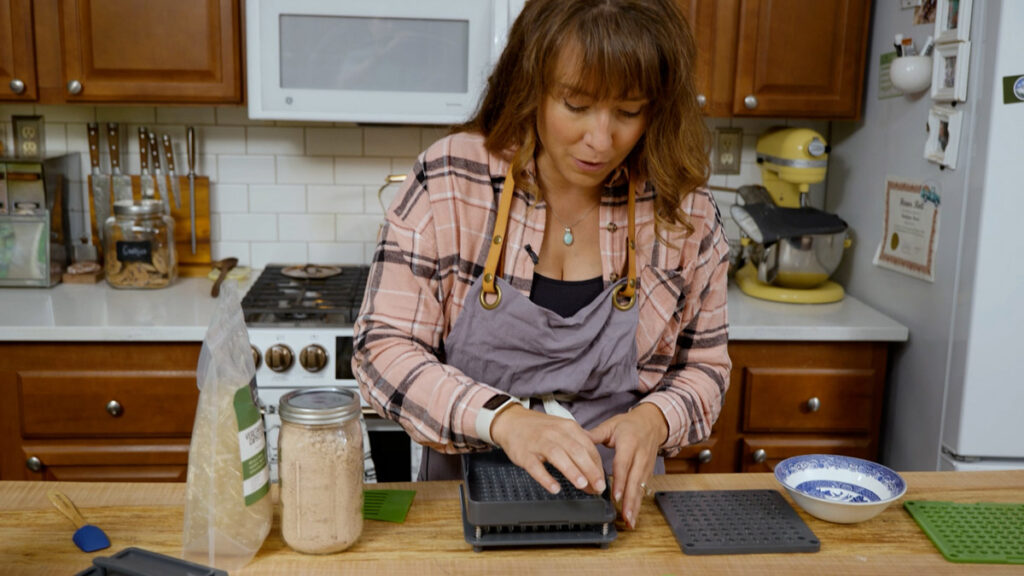
Supplies Needed
Before you dive into making your beef liver supplements, let’s talk about the supplies needed. We’re talking about a freeze-dryer or dehydrator, Mason jars for storing the magic powder, and the Capsule It machine for encapsulating your liver goodness. It’s all about setting yourself up for supplement-making success.
- Freeze-Dryer or Dehydrator – I’m demonstrating making beef liver supplements with a freeze-dryer, but I will also include directions for using a dehydrator as they’re more readily available. With both methods, you’ll end up with a high-quality end product.
- Capsule Machine – To quickly encapsulate multiple beef liver supplements, you’ll want some kind of capsule machine. I have the Capsule It capsule filler that fills 100 capsules at a time. This is nice because I only need to do one batch every month or so.
- Mason Jar – Because I’m only making about a month’s supply of supplements, a quart-sized Mason jar with a lid does the trick for storing the capsules. If you want to make a larger supply, I’d recommend using a Mason jar and including a desiccant packet, as well as vacuum sealing the jar for long-term storage, then having a smaller jar that holds your supplements for getting into on a daily basis.
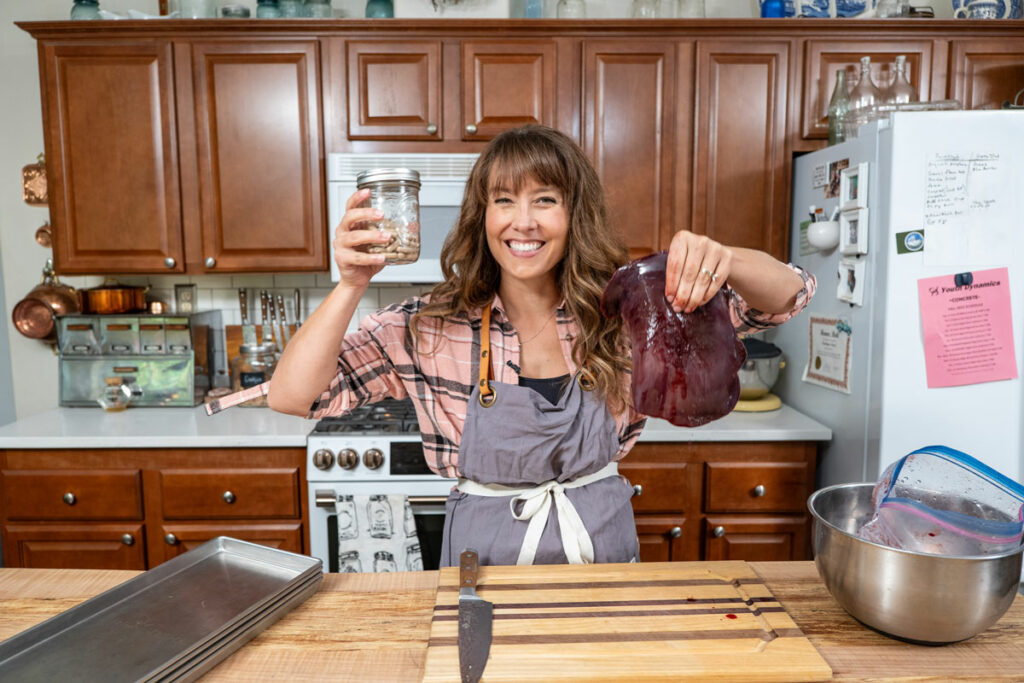
Ingredients Needed
Here’s the secret to fantastic homemade beef liver supplements – start with quality ingredients. Find a grass-fed, grass-finished liver. Why? Because the source matters and quality is the foundation of your supplements.
- Beef Liver – Grass-fed and grass-finished. You can prepare the beef liver and dehydrate it or freeze-dry it ahead of time. Or, you can do the whole process in a couple of days from start to finish.
Step-by-Step Directions
Making your own beef liver supplements is as easy as 1-2-3. From prepping your beef liver to drying it, checking for the perfect dryness, and turning it into a fine powder – then filling those capsules and storing them well. This tutorial will guide you through the whole process.
- Prepare the Liver: Slice the liver into uniform pieces. If using a freeze-dryer, make sure the size of the pieces doesn’t extend above the height of the freeze-dryer trays. I cut mine into long, skinny pieces. If using a dehydrator, I recommend cutting them into smaller pieces, as uniformly as possible, so they dehydrate evenly.
- Place onto the Tray: Arrange your liver pieces onto your freeze-dryer or dehydrator trays. You can line them with silicone sheets or dehydrator sheets. This may be necessary for some dehydrator trays if the pieces of liver are small enough to fall through the tray (remember, the dehydrated liver pieces will shrink a bit – you don’t want to end up with liver pieces all over the bottom of your dehydrator).
- Freeze-Dry or Dehydrate: Choose which method you’ll use to preserve your beef liver.
- Freeze-Drying: Place the trays of sliced liver into the freeze dryer and manually adjust the settings. I like to add two hours of extra dry time and adjust the temperature to 145° F. My liver took 36 hours to freeze dry. Depending on the size of your liver pieces, it may take more or less time. Make sure the liver is completely freeze-dried before moving on to the next step. It shouldn’t feel cold to the touch and should snap in half (not bend) when folded. If you’re on the hunt for a quality freeze dryer, I highly recommend the Harvest Right Freeze Dryers!
- Dehydrating Liver: Set the trays of liver in the dehydrator at 145° F. Check the liver after 12 hours and then every couple of hours until fully dehydrated. When fully dehydrated, the liver should be hard, not soft or bendable. You can check for moisture by allowing the liver to cool to room temperature and then placing the pieces in a sealed jar. If any condensation forms on the inside of the jar, you know the liver is not fully dehydrated. Put it back into the dehydrator and continue drying. For a smaller dehydrator, I love this Nesco option. Or, if you’re looking for something larger, check out the Excalibur model.
- Powder Liver: Once the liver is either dehydrated or freeze-dried, it’s time to powder it. You can use a high-powered blender, food processor, or even a coffee or spice grinder for this step. Pro Tip: If you prefer extra fine powder, you can sift it through a fine mesh sieve, but I find picking out the larger pieces by hand is fastest.
- Make Capsules: Following the instructions that came with your capsule maker, you’ll now want to fill and secure your capsules. My Capsule It machine holds 100 “00”-sized capsules. The machine has a side for the “bottom” capsules and a side for the “lids.” Once the bottoms are filled with liver powder, tamped down, and then filled again (until they’re filled), I add the top capsules and press down to add the lids.
- Store Powder: Store extra liver powder in a Mason jar. If you have a large amount, like me, and won’t be using it up within a month, you will want to add a desiccant packet to your jar, then vacuum seal the lid each time you open it.
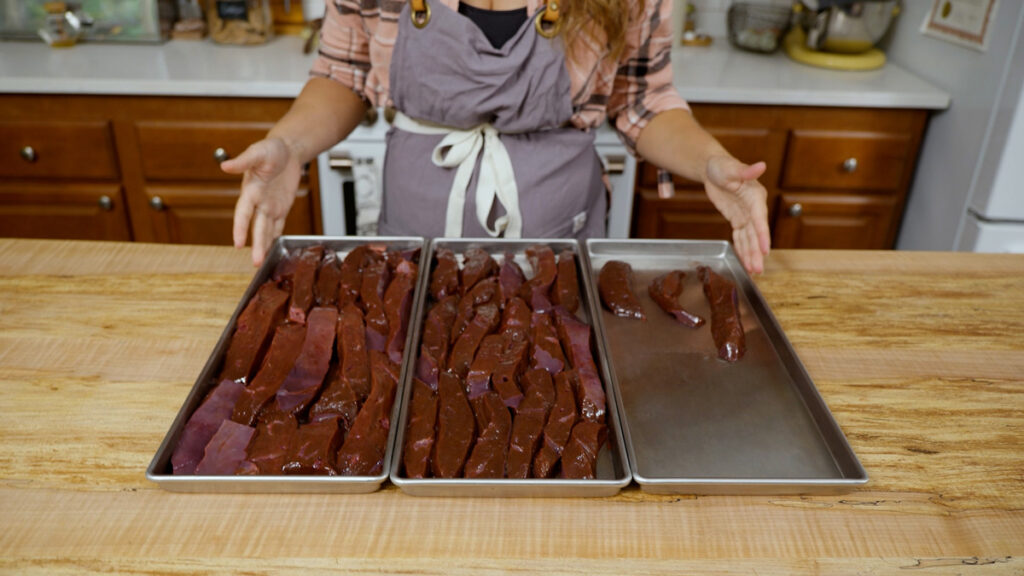
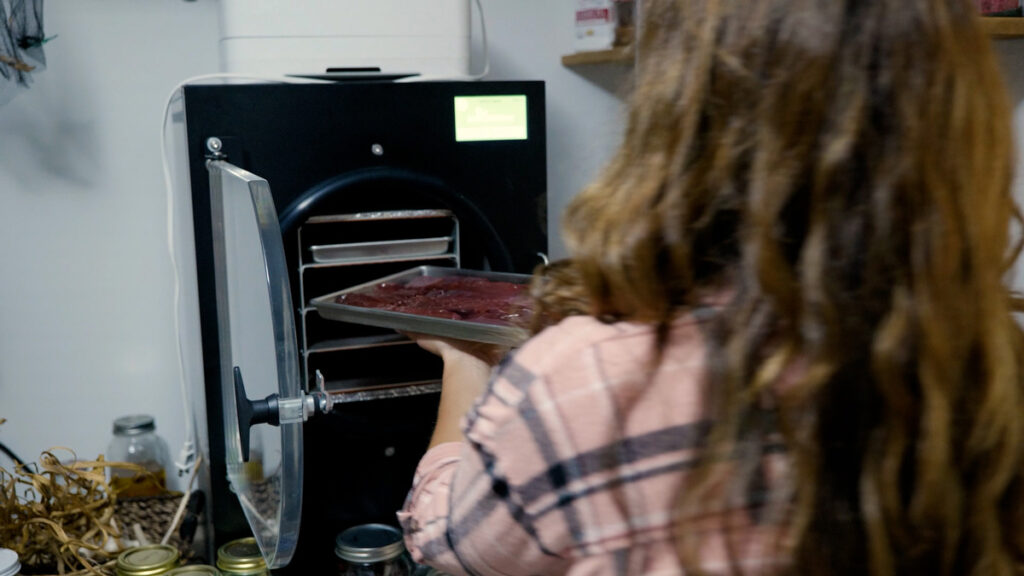
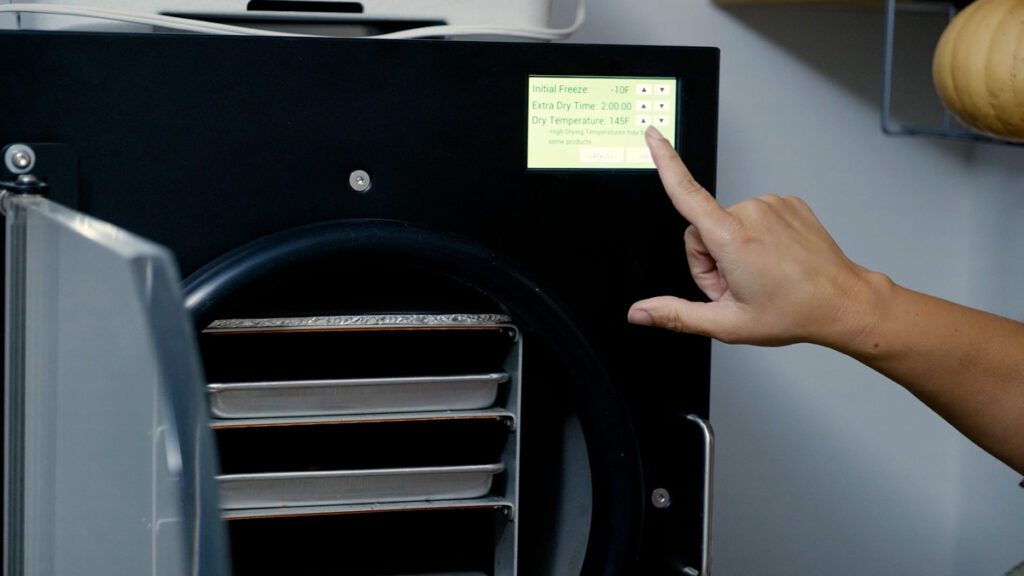
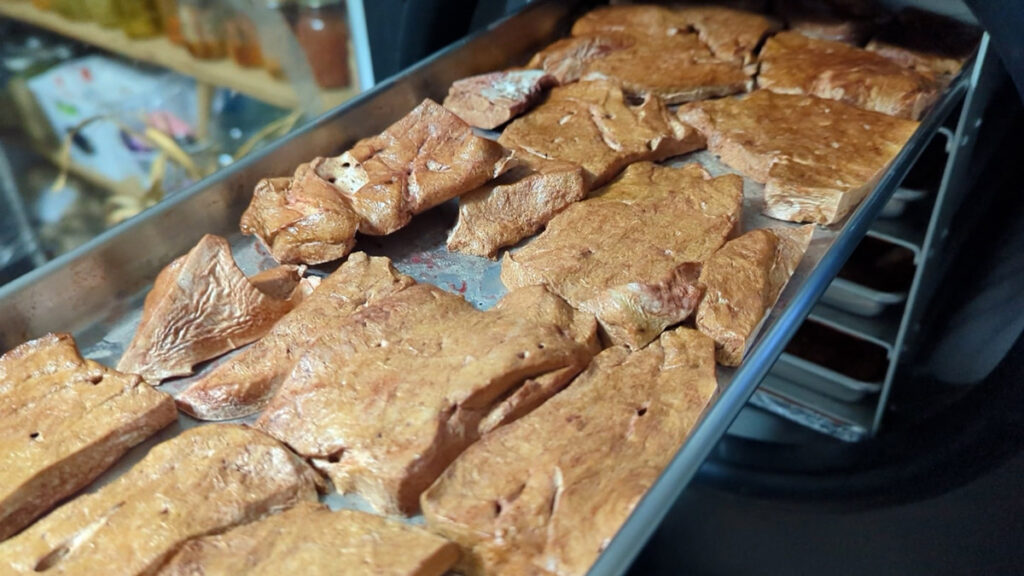
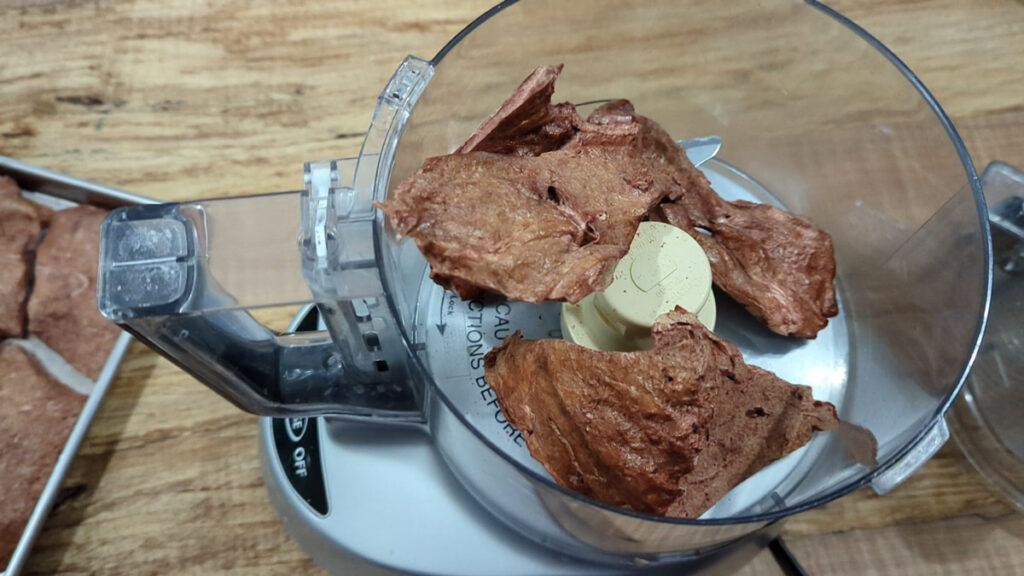
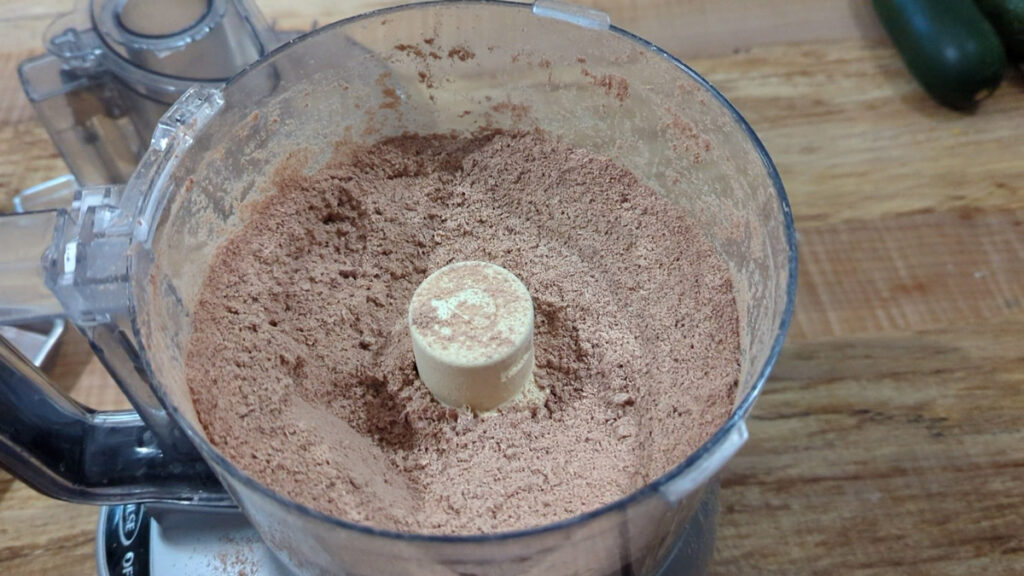
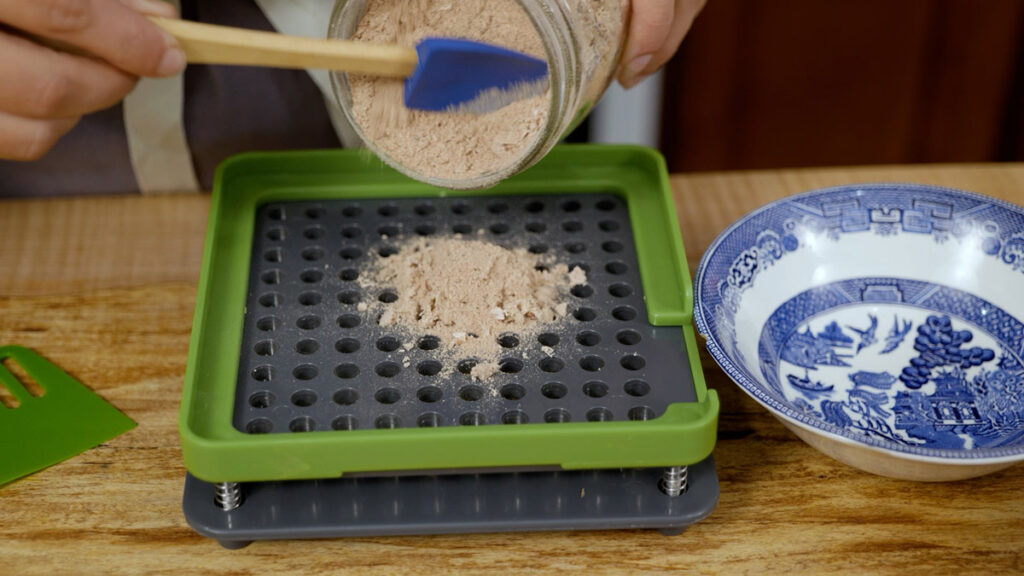
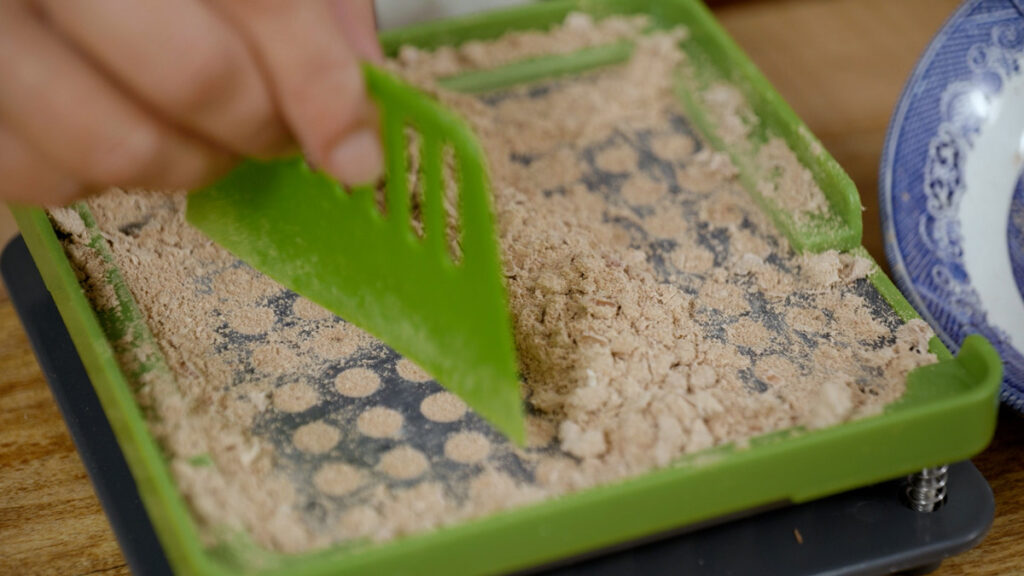
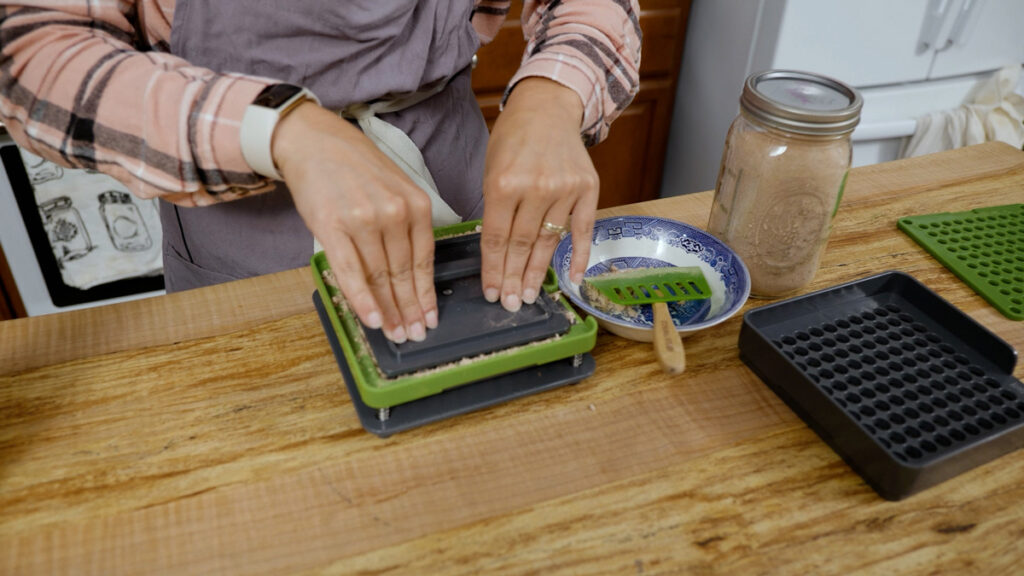
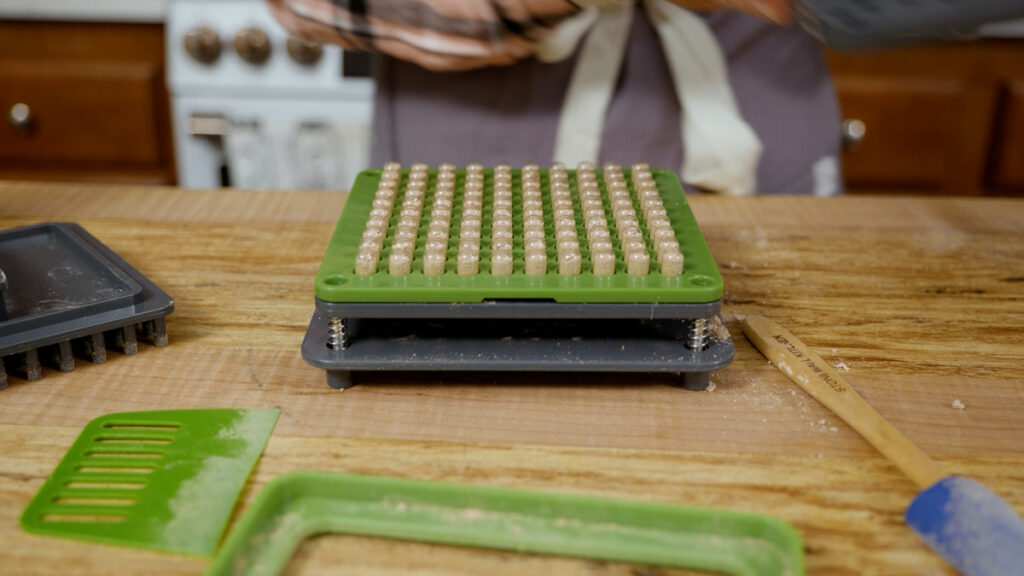
And that’s it! Depending on your machine, you may want to make a few batches to have enough beef liver supplements to last a month or two. I don’t like to make too many at a time because I want to be sure my liver stays as fresh as possible.
Since the capsules aren’t 100% airtight, I like to use them up, ideally within a month.
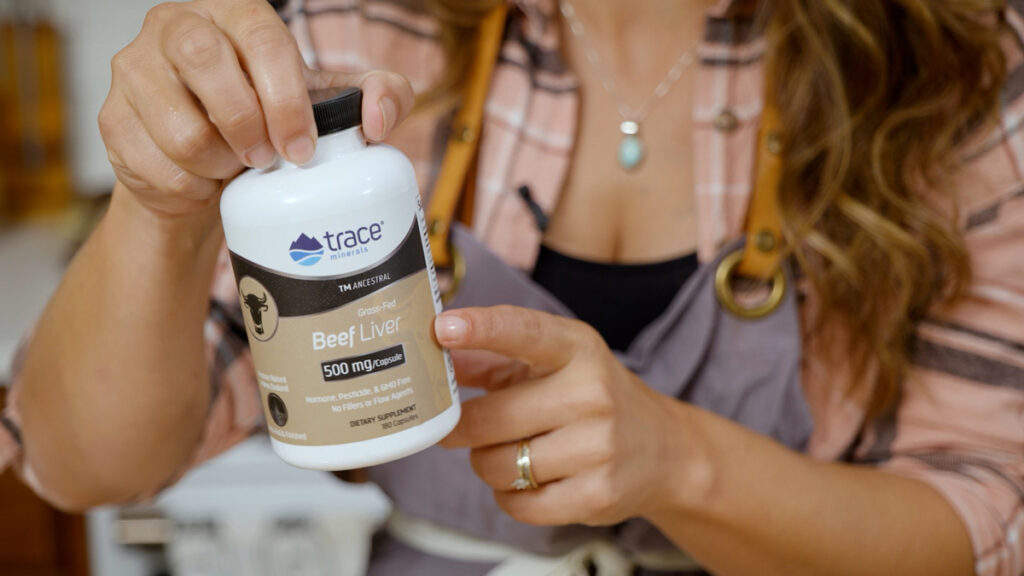
How to Take Beef Liver Supplements
Taking your beef liver supplements doesn’t need to be complicated. Since I’m not a doctor, I can’t give you recommended dosages.
What I do is take a couple of capsules once a day (or at each meal time), depending on my energy needs. I find it’s a great pick-me-up in the afternoon when taken with lunch.
Be conscientious of how many you take, as well as the time of day you take them. Some people have reported they get so much energy from them that they have a hard time falling asleep at night.
As with anything, start slow and learn what works best for your body. You may find spreading them out and taking them three times a day works best. As always, check with your healthcare practitioner before adding any new supplements to your diet.
If you’re not ready to make your own capsules, consider purchasing Trace Minerals Beef Liver supplements from Azure Standard. Azure is the sponsor of this blog post (along with Capsule It), and for a limited time, you can receive 10% off your first order of $50 or more from Azure Standard using code “Melissa10” at checkout.
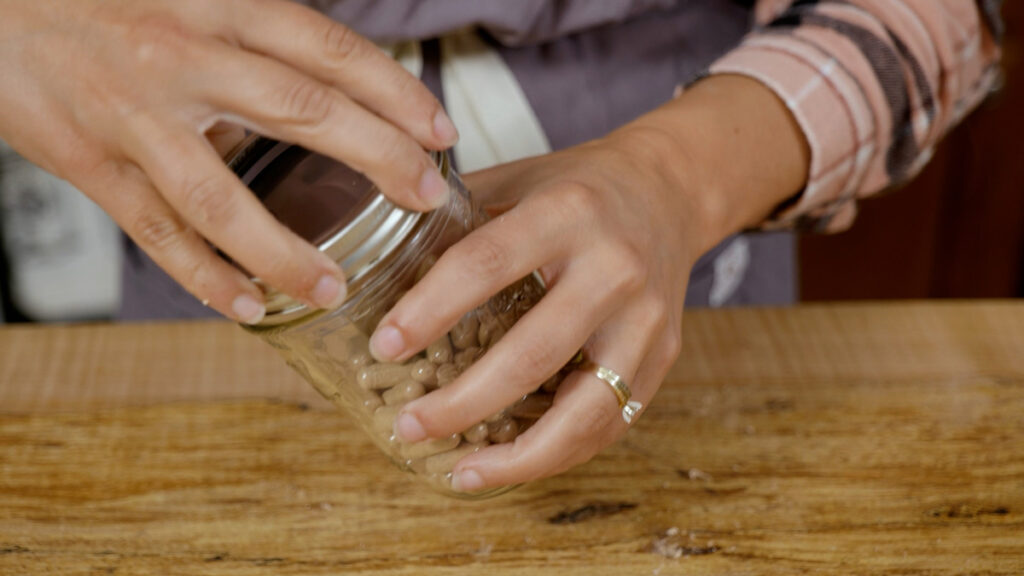
How to Store Beef Liver Supplements
You’ve made your beef liver supplements – now what? Time to learn how to keep them fresh and top-notch. Storing them in a sealed container is a must.
Since I will dip into my jar of capsules on a daily basis, I won’t bother vacuum sealing the lid. However, adding a desiccant packet will help remove any humidity if you happen to live where humidity is an issue.
I will, however, vacuum seal the lid of my liver powder to keep it as fresh as possible between making batches of capsules. I’ll also toss a desiccant packet in there, just as an extra fail-safe.
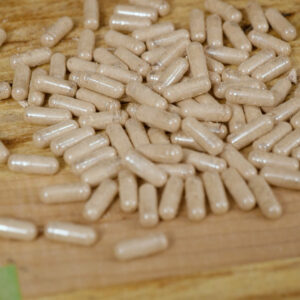
DIY Beef Liver Supplements
Equipment
- Freeze Dryer or Dehydrator
- 2 Mason Jars for storing beef liver powder and capsules
- Capsule Machine
- Capsules make sure you get the correct size for your machine
Ingredients
- 1 beef liver sliced or diced
Instructions
Prepare the Liver
- Slice the liver into uniform pieces. If using a freeze-dryer, make sure the size of the pieces doesn't extend above the height of the freeze-dryer trays. I cut mine into long, skinny pieces. If using a dehydrator, I recommend cutting them into smaller pieces, as uniformly as possible, so they dehydrate evenly.
- Arrange your liver pieces onto your freeze-dryer or dehydrator trays. You can line them with silicone sheets or dehydrator sheets. This may be necessary for some dehydrator trays if the pieces of liver are small enough to fall through the tray (remember, the dehydrated liver pieces will shrink a bit – you don't want to end up with liver pieces all over the bottom of your dehydrator).
Freeze Dry or Dehydrate
- Freeze-Drying: Place the trays of sliced liver into the freeze dryer and manually adjust the settings. I like to add two hours of extra dry time and adjust the temperature to 145° F. My liver took 36 hours to freeze dry. Depending on the size of your liver pieces, it may take more or less time. Make sure the liver is completely freeze-dried before moving on to the next step. It shouldn't feel cold to the touch and should snap in half (not bend) when folded.
- Dehydrating Liver: Set the trays of liver in the dehydrator at 145° F. Check the liver after 12 hours and then every couple of hours until fully dehydrated. When fully dehydrated, the liver should be hard, not soft or bendable. You can check for moisture by allowing the liver to cool to room temperature and then placing the pieces in a sealed jar. If any condensation forms on the inside of the jar, you know the liver is not fully dehydrated. Put it back into the dehydrator and continue drying.
Powder Liver
- Once the liver is either dehydrated or freeze-dried, it's time to powder it. You can use a high-powered blender, food processor, or even a coffee or spice grinder for this step. Pro Tip: If you prefer extra fine powder, you can sift it through a fine mesh sieve, but I find picking out the larger pieces by hand is fastest.
Make Capsules
- Following the instructions that came with your capsule maker, you'll now want to fill and secure your capsules. My Capsule It machine holds 100 “00”-sized capsules. The machine has a side for the “bottom” capsules and a side for the “lids.” Once the bottoms are filled with liver powder, tamped down, and then filled again (until they're filled), I add the top capsules and press down to add the lids.
Notes
- Store the extra liver powder in a Mason jar. If you have a large amount, like me, and won’t be using it up within a month, you will want to add a desiccant packet to your jar, then vacuum seal the lid each time you open it.
- Store pills in a jar with or without a desiccant powder (depending on how humid your area is).
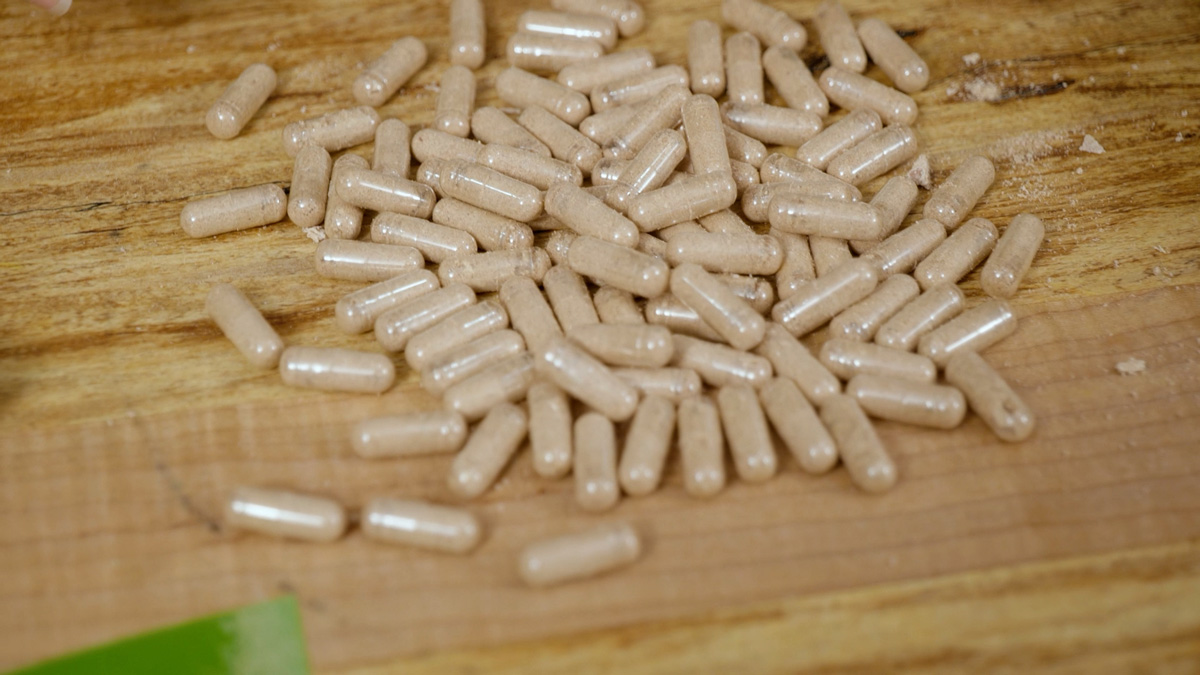
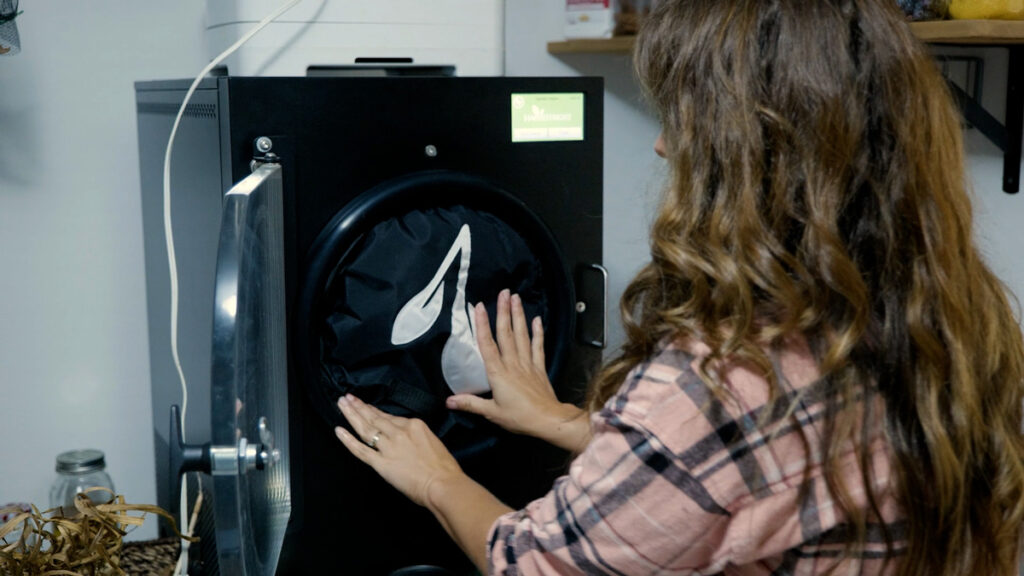
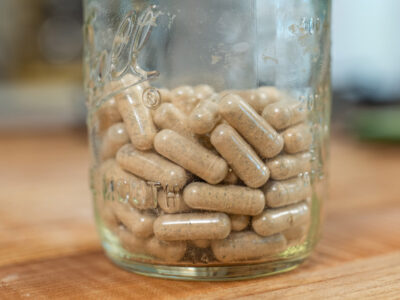
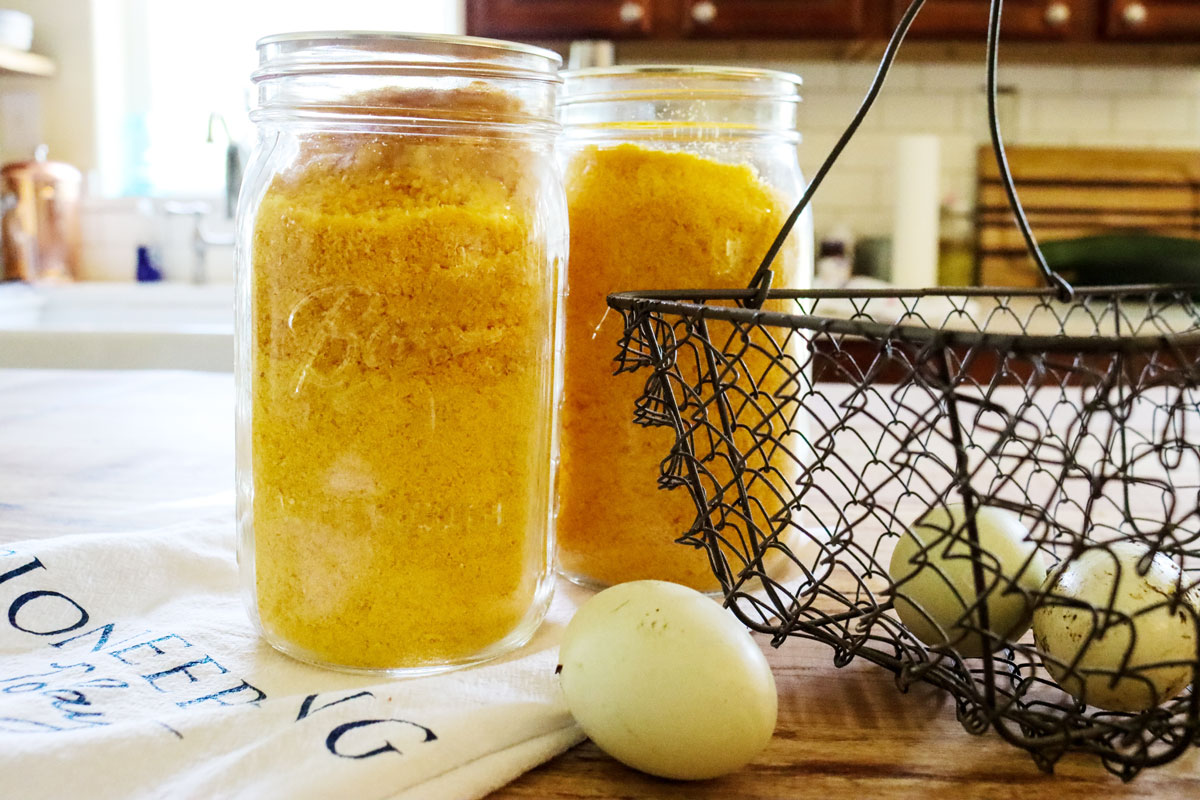

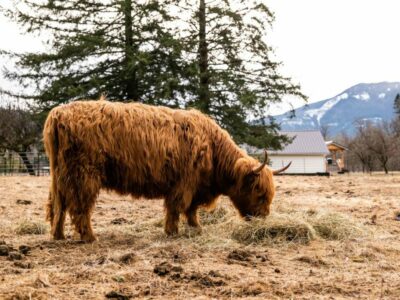
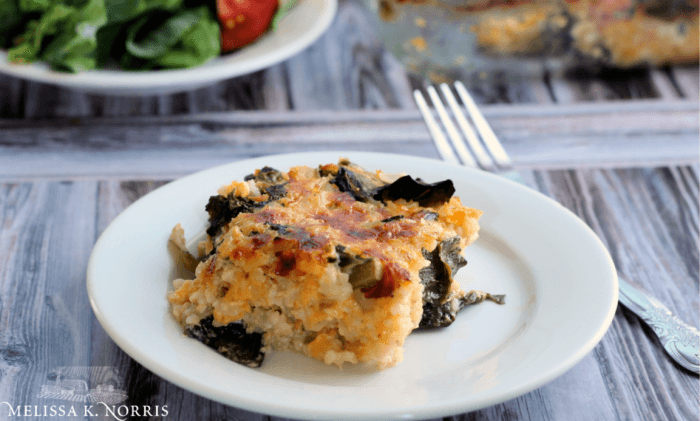
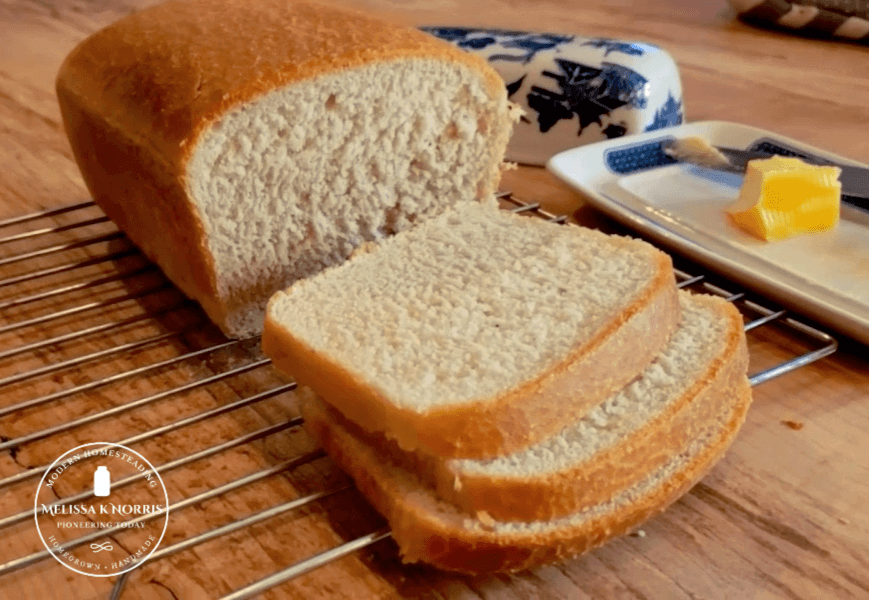

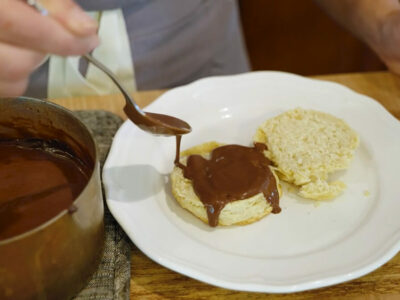
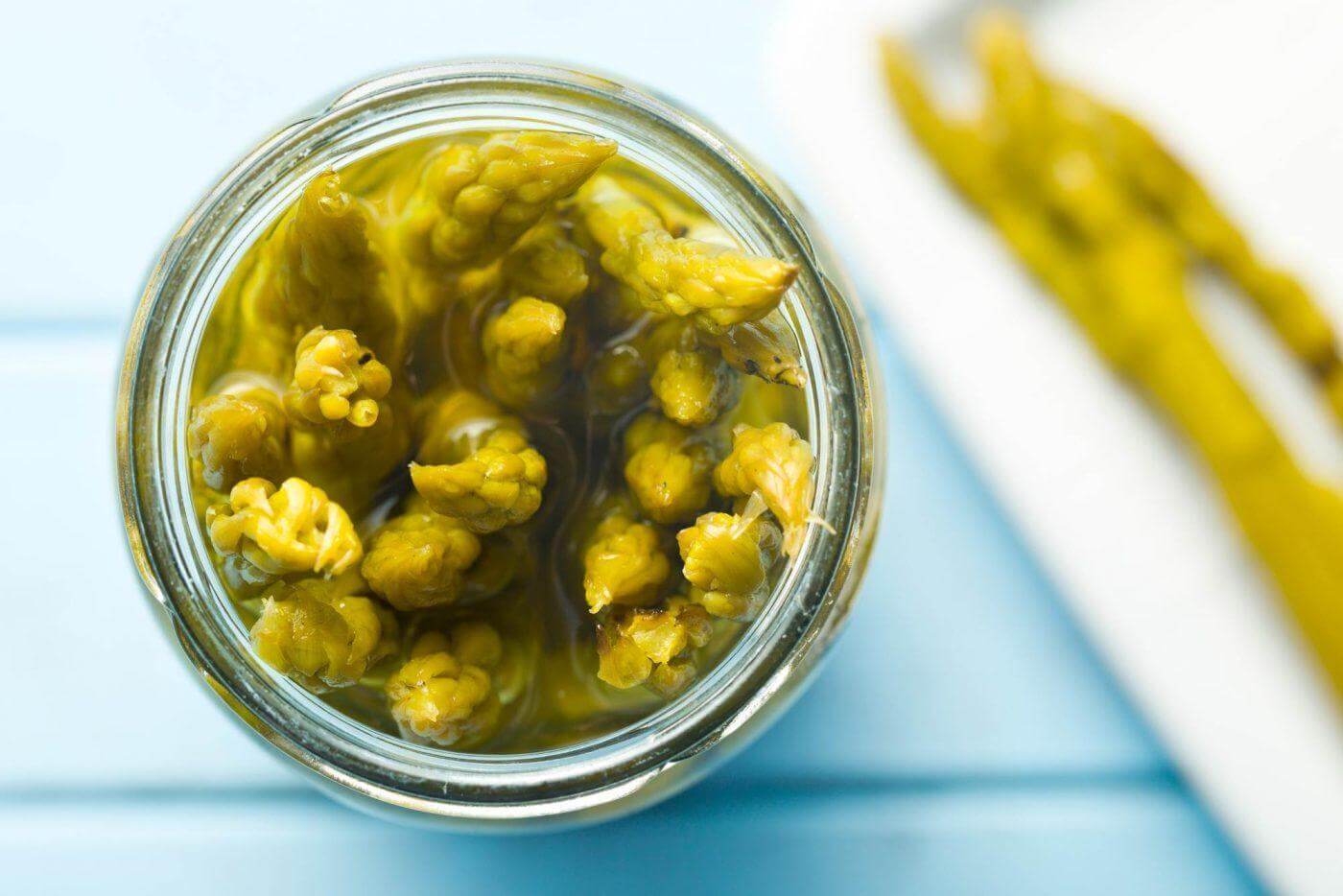

Hi Melissa,
How should the liver be prepared before the process of dry freezing, meaning, should all the extra parts like outer membranes, visible veins, and fibrous tissue be removed? I believe that’s important too?
What would you consider grams of the Dessicant packets to use, I lived in a humidity area. Not sure which one to use there are several ones, which would you consider?
I read somewhere that 5 g of desiccants will do about a 1 gallon container size.
Melissa after reading about making the liver capsules I was wondering if you could grind the liver in a high speed blender and then spread on the dehydrater trays and let them dry then grind them up really fine Just wondering if that could do the trick! Any advice appreciated.
It would be really messy and I don’t think raw meat without extra liquid will puree.
I’ve actually been pureeing first for a few years. I make these regularly for my (adult) granddaughter who is anemic. She has now recommended my capsules to her step-sister. Now I have two to make for.
I always hated how hard it was to get the lumps out of my sliced-dehydrated liver. Plus I feel it’s harder on processor blades. So I started blending in my old fashioned Vitamix… even adding a little water becomes no big deal.
Then I pour into pancake sized sections on dehydrator trays, smoothing rather evenly. …This is because experience has told me large portions curl and make trays hard to slide in and out but smaller portions don’t curl as tall. Plus they dry faster.
I also flip the product over somewhere down the dehydrating road to get the bottom side more exposed. And I will also break the thicker semi-dehydrated portions into pieces to get at the centers better.
Then when I go to powder it works so much better and easier on the blades.
Miss Joy, you are a dream come true! Thank you!!
Thanks for the info, Joy!
I just did that and It works a lot better than slicing them
Are these supplements essentially raw liver when ingested? Or does the freeze dryer “cook” the liver?
If you have any herbal training classes coming up?
I need to start making these for myself as I am anemic. Taking iron pills, but not doing any good. Would you consider the powder as raw liver? Would your powdered liver turn back into raw when the capsule dissolves?
It’s dehydrated at 160 degrees F during that process of freeze drying, so it’s not raw as in how it comes out of the cow, but it’s a very low temperature.
Dehydrating and freeze drying are two separate things. Dehydrating does cook it slightly but freeze drying does not cook it. It is still considered raw after freeze drying.
I find the raw liver slices better when it’s partially frozen. Been making these for my dogs with beef liver from a local farmer. Seems no one wants the livers so he just tells me to pay what I want. I generally give him $2 pound. Some he just tells me to take for free when he needs freezer space. Now I need to make some for me too! ?